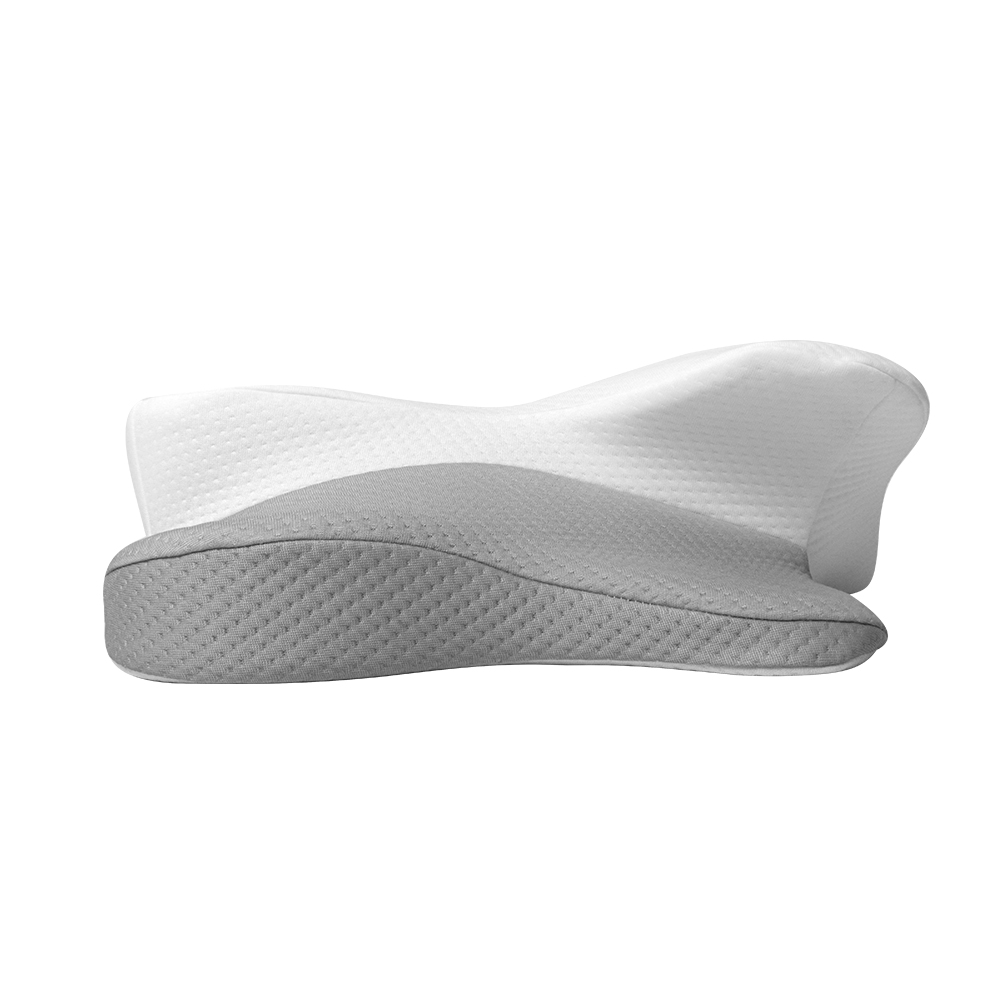As the pressure of life continues to increase, more and more people are beginning to pay attention to sleep problems. Well-known sleep experts, including Wang Gongquan, Zhang Jing, etc., recommend memory pillows (slow rebound pillows) to improve the quality of sleep. But many people still don’t understand why memory pillows have such effects, and how these pillows are designed and manufactured? In this article, we will introduce the principle and manufacturing process of memory pillows in detail, and discuss whether it really works.in other words memory foam pillow It is possible to develop in a good direction, and there are still many places worth looking forward to in the future. https://tainengjikang.com/
Are memory pillows (slow rebound pillows) really effective? What is the principle?
1. The principle of memory pillow
Memory pillow, also known as slow rebound pillow, is made of a highly elastic foam material that can appropriately disperse the load according to the weight and heat of the human head, and can also make adaptive adjustments to the curve of the head. When you press your head on the pillow, it will sense the contour of your head and gradually adapt to the shape of your head. When you leave the pillow, the pillow slowly rebounds to its original shape to improve comfort and support. Memory pillows usually consist of three parts: outer cover or pillowcase, liner or filler and memory foam.
Are memory pillows (slow rebound pillows) really effective? What is the principle?
2. Manufacturing process of memory pillow
1. Raw material preparation: The main raw material required for the production of memory pillow is polyurethane foam material, and other ingredients are also required, such as catalysts, detergents, stabilizers, etc.
2. Foaming: Foaming is a key step in the manufacture of memory pillows. After the raw materials are mixed at a certain temperature, they are pumped into the mold for foaming. During foaming, multiple parameters such as temperature, pressure, and time are strictly controlled. When the foam is formed, it needs to be processed with an oven or other equipment to ensure that the foam has a smooth surface and is not sticky.
3. Cutting: After the foaming is completed, the industry personnel use automated equipment to cut the foam into memory pillow blocks of various sizes and shapes. During this process, the size of each block needs to be carefully controlled to ensure that they meet the design requirements.
4. Packaging: Finally, the manufacturer puts the memory pillow blocks into the corresponding covers, usually fiber nylon or ribbed cloth covers, to make a whole.
Are memory pillows (slow rebound pillows) really effective? What is the principle?
3. Advantages and Disadvantages of Memory Pillows
Advantages:
a. More comfortable: Memory pillows have good adaptability to the human body, so they can disperse the pressure between the head and neck, making sleep more comfortable.
b. Better support: The memory pillow material has high elasticity, which means it can provide excellent support performance and maintain its shape during long-term use.
c. Reduce respiratory and allergy problems: Memory pillows usually have antibacterial and anti-allergic properties, which can reduce respiratory problems caused by sleep.